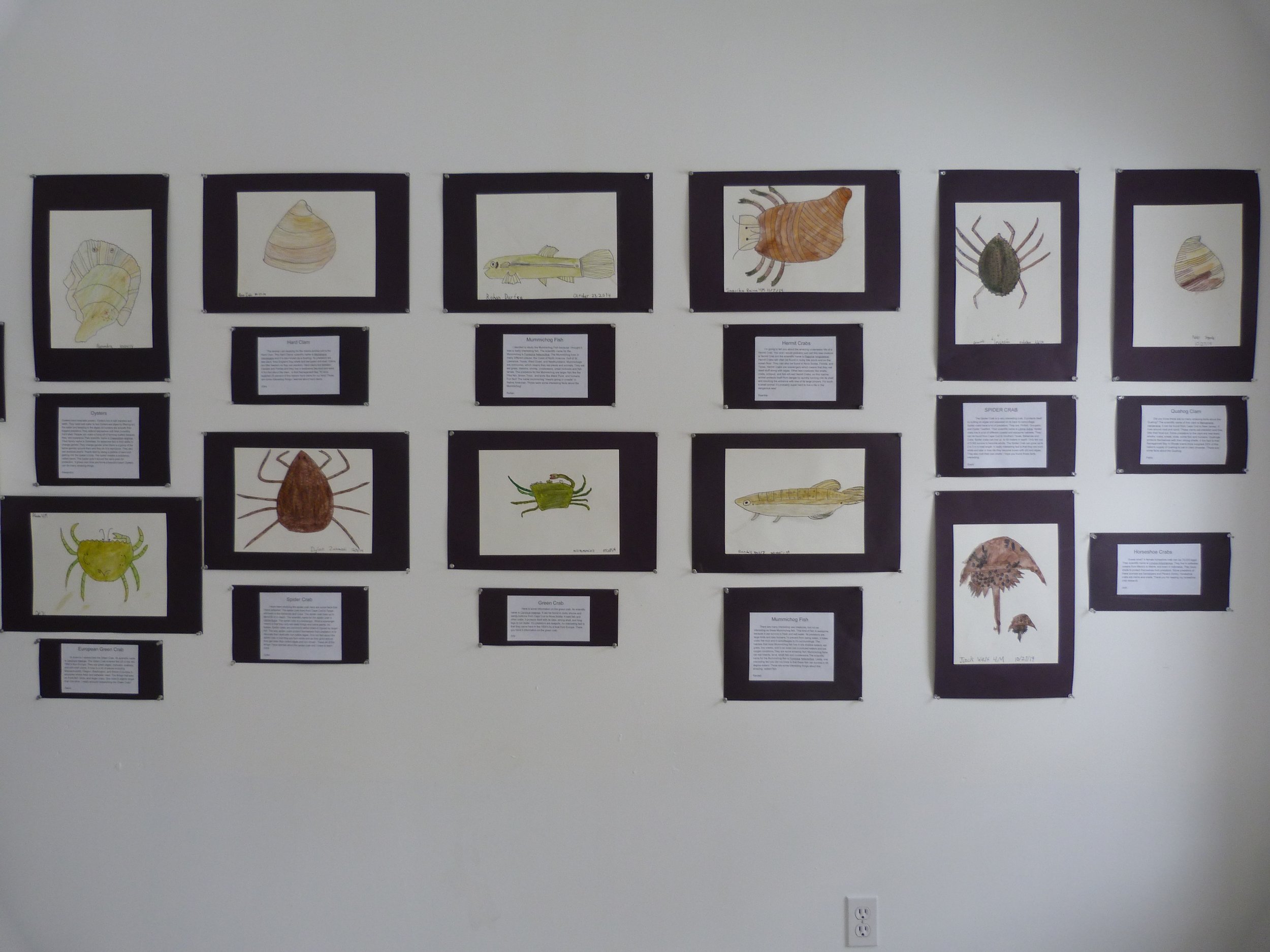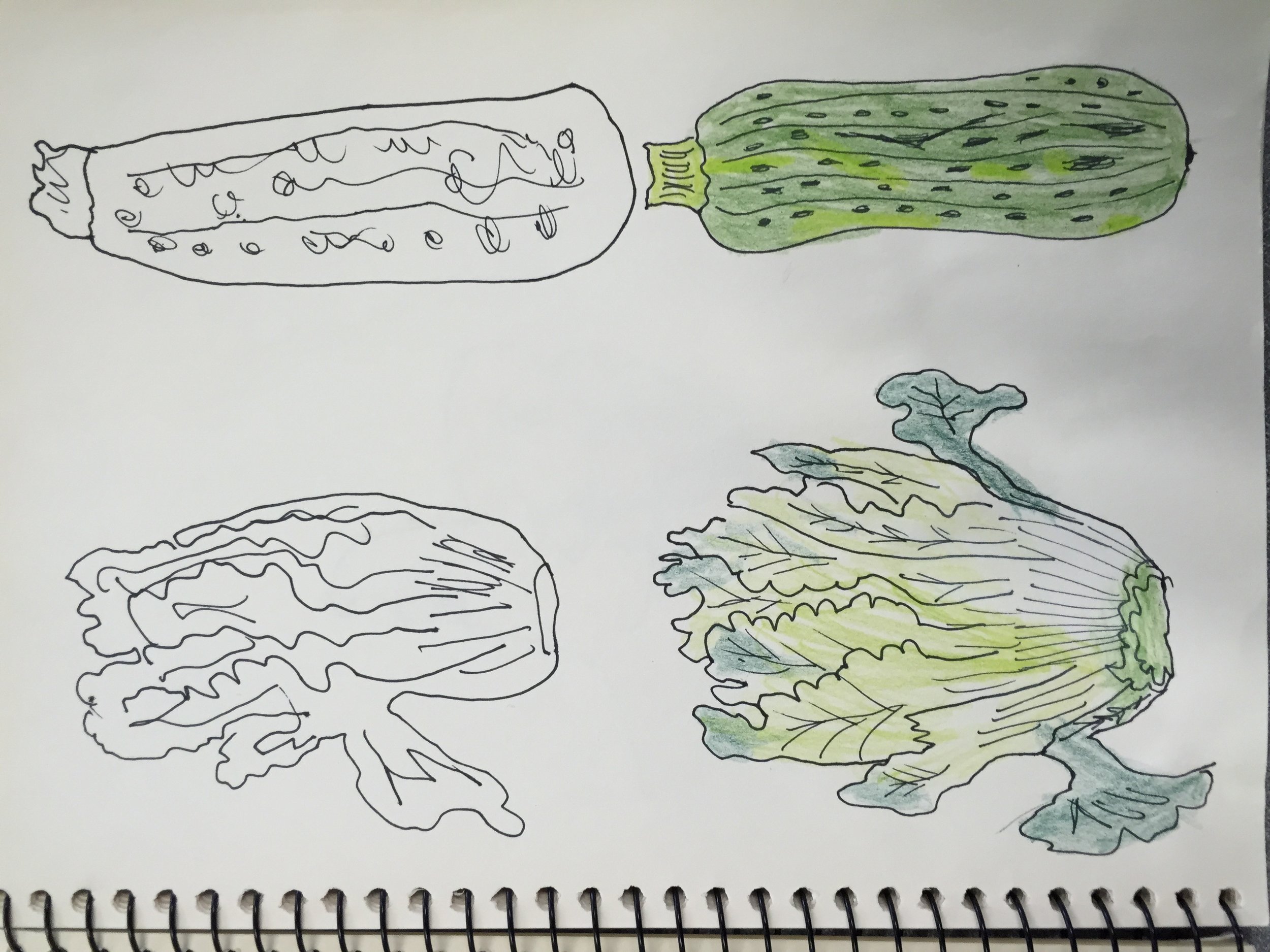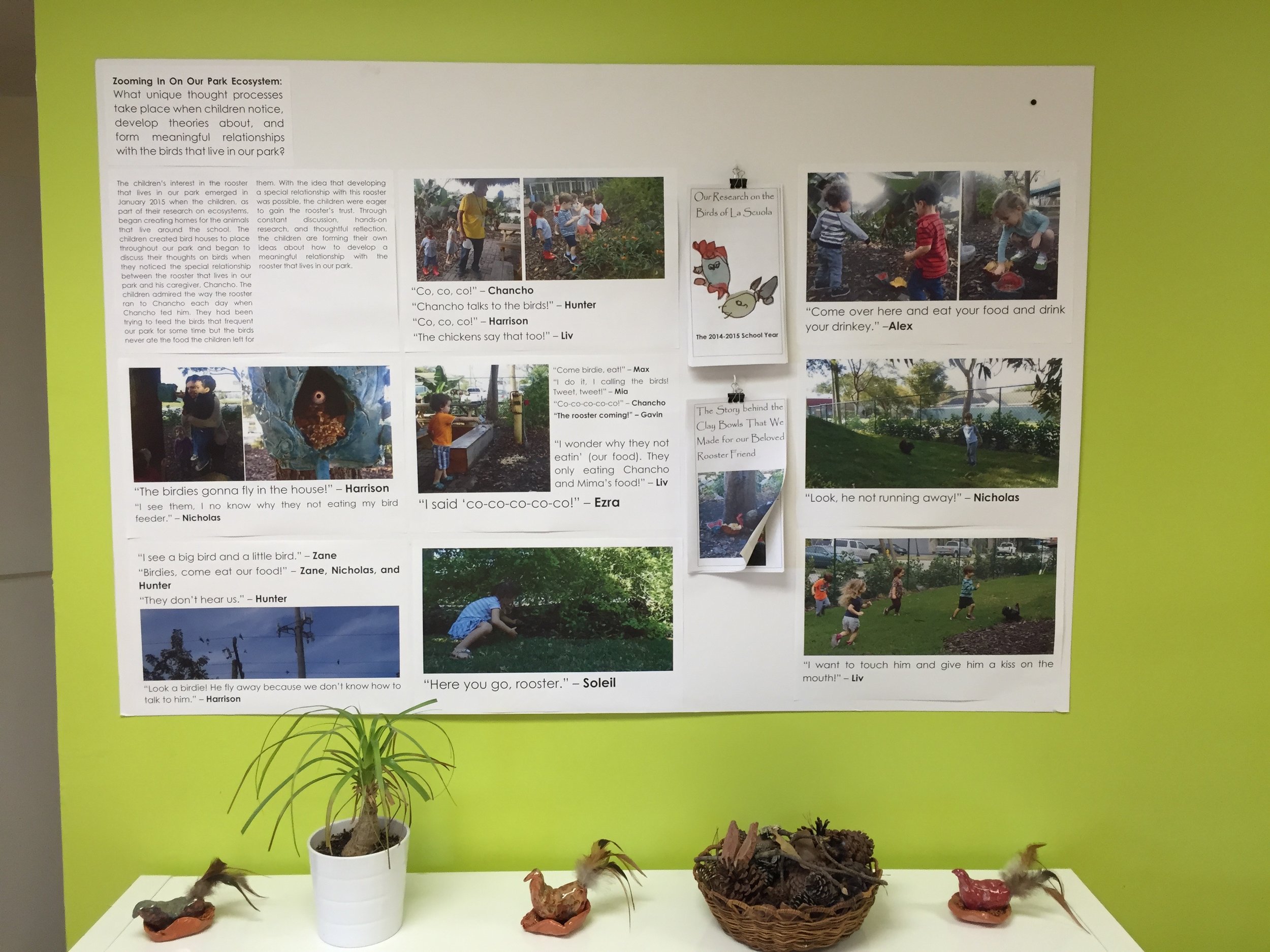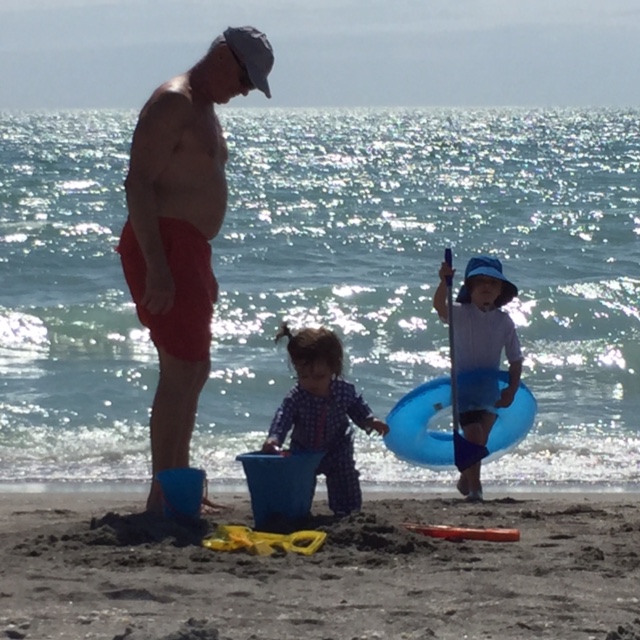 This week we have been at the beach on a small island on the west coast of Florida with our family. As everyone peels off to head homeward and Ashley and I enjoy one more day, we reflect on how grateful we are to have had this time where land meets sea with our sons, daughters-in-law, and grandchildren to chase waves and sand pipers, fill buckets with sand, and pick up glistening shells with names like Kitten Paws and Angel Wings.
There is perhaps no better place than the ocean to draw us into the present. No matter what our age, most of the time, we let go of our preoccupations, the past and the future, our worries. We are soothed by the rhythm of the waves, the light on the water, the texture of the sand under our feet and the distant horizon where sea meets sky. We have so enjoyed this time with our sixteen-month-old granddaughter and our four-year-old grandson. Watching children this age, no matter where, also brings us into the present moment.
This week we have been at the beach on a small island on the west coast of Florida with our family. As everyone peels off to head homeward and Ashley and I enjoy one more day, we reflect on how grateful we are to have had this time where land meets sea with our sons, daughters-in-law, and grandchildren to chase waves and sand pipers, fill buckets with sand, and pick up glistening shells with names like Kitten Paws and Angel Wings.
There is perhaps no better place than the ocean to draw us into the present. No matter what our age, most of the time, we let go of our preoccupations, the past and the future, our worries. We are soothed by the rhythm of the waves, the light on the water, the texture of the sand under our feet and the distant horizon where sea meets sky. We have so enjoyed this time with our sixteen-month-old granddaughter and our four-year-old grandson. Watching children this age, no matter where, also brings us into the present moment.
As I reflect on our week, two enormous influences in my life come to mind. The first is the Reggio Emilia approach... in this context in particular, learning side-by-side young children while becoming a participant observer in and documenter of their play and learning. The second influence is mindfulness as taught by Zen monk and master, Thich Nhat Hanh. These two approaches guide me in my every day life and interactions.
I have loved reading Art and Creativity in Reggio Emilia by Vea Vecchi and have returned to it often. In her book, Vea tells learning stories about following her grandchildren through their early years. I remember watching Vea with her camera and keen eye, observe children at the Diana School in Reggio Emilia. I wrote about some of these experiences in Bringing Reggio Emilia Home and in Bringing Learning to Life.
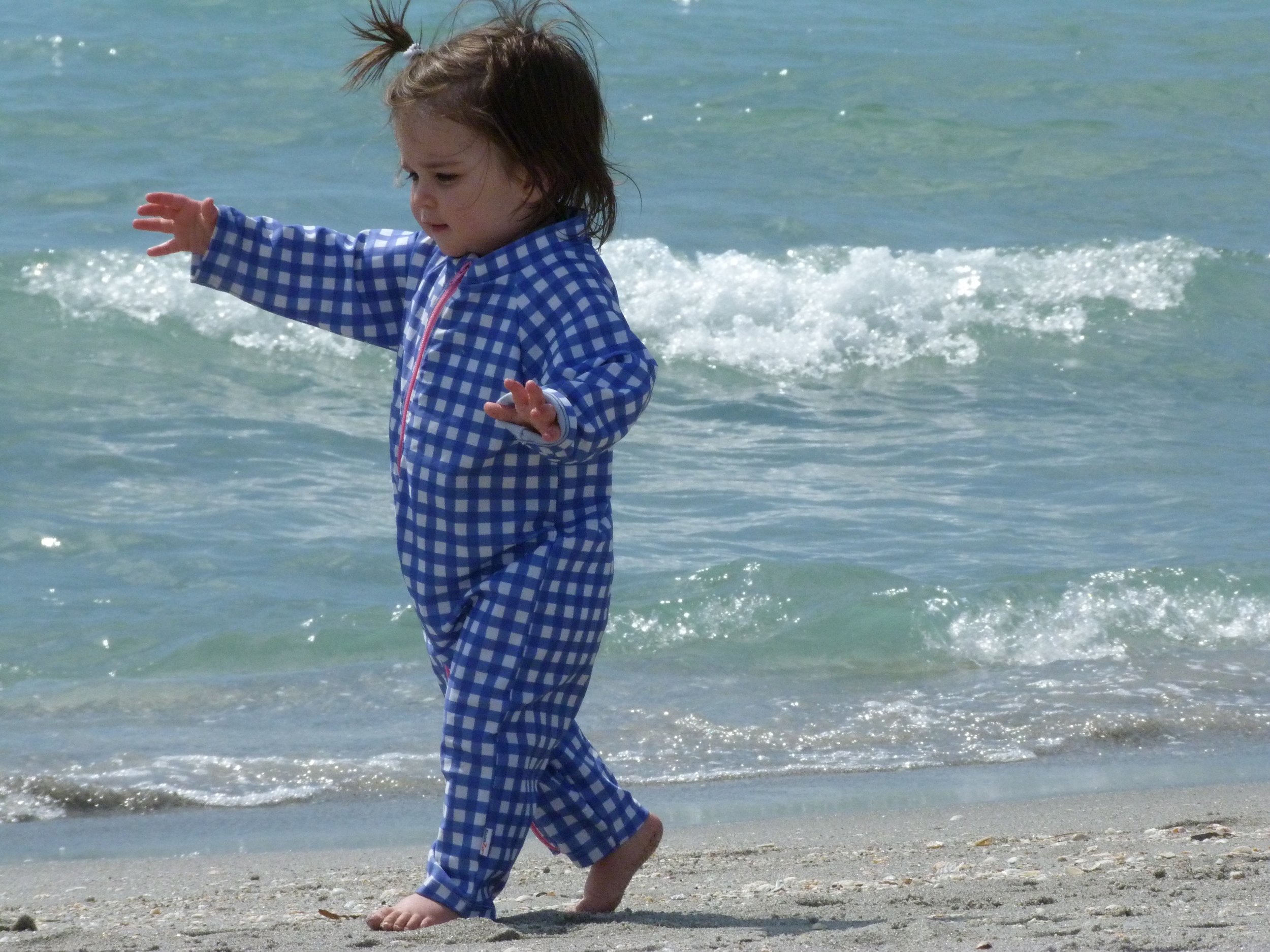
When our sons were 5 and 8, we attended our first retreat with Thich Nhat Hanh in Santa Barbara, California. Over the years, we have attended several other retreats in Plum Village in France with Thich Nhat Hanh. These multi-age, international, playful and thoughtful experiences have influenced the way that my family lives in the world.
My nighttime and beach reading collection this week includes A Handful of Quiet: Happiness in Four Pebbles, by Thich Nhat Hanh, Sitting Still Like a Frog: Mindfulness Exercises for Kids (and Their Parents) by Eline Snel, and The Mindful Child by Susan Kaiser Greenland.
I heard about these books from my daughter-in-law Caroline, who teaches kindergarten in the Boston Public Schools. She learned about them because this year, the Brookline School Staff Children’s Center, where our grand children attend, is focusing on mindfulness. I highly recommend these books. They will give you background, get you started or add to your understanding and practice. As Susan Kaiser Greenland writes, mindfulness increases our ability to:
- approach experience with curiosity and an open mind
- calm down when we are angry or upset
- concentrate
- develop compassion, patience, humility, happiness, generosity and equanimity
- live gently and in balance with ourselves, others and our world
This week, our grandson, Asher, who is four today, taught us how to do “finger breathing.” Trace the fingers of one of your hands with a finger of the other hand. Breathe in as you trace up the finger and out as you trace down the other side. Do this one way and then back again, taking ten deep in and out breaths. Just breathe and smile.
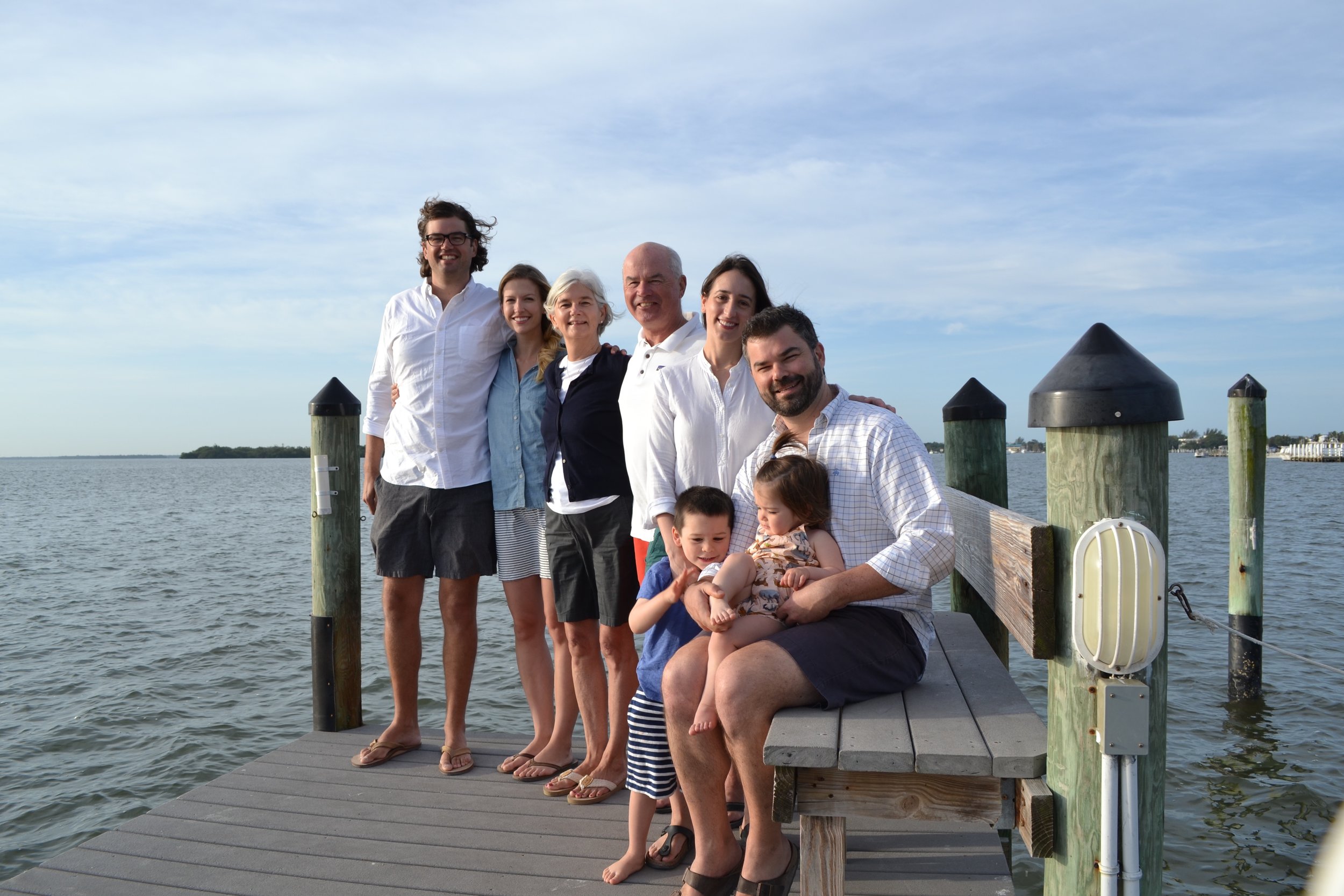

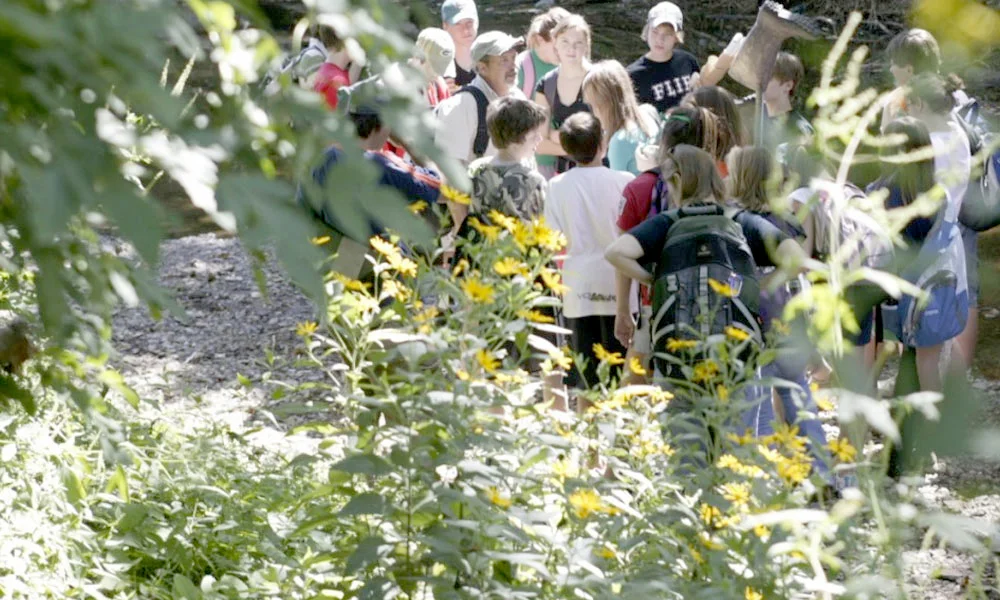


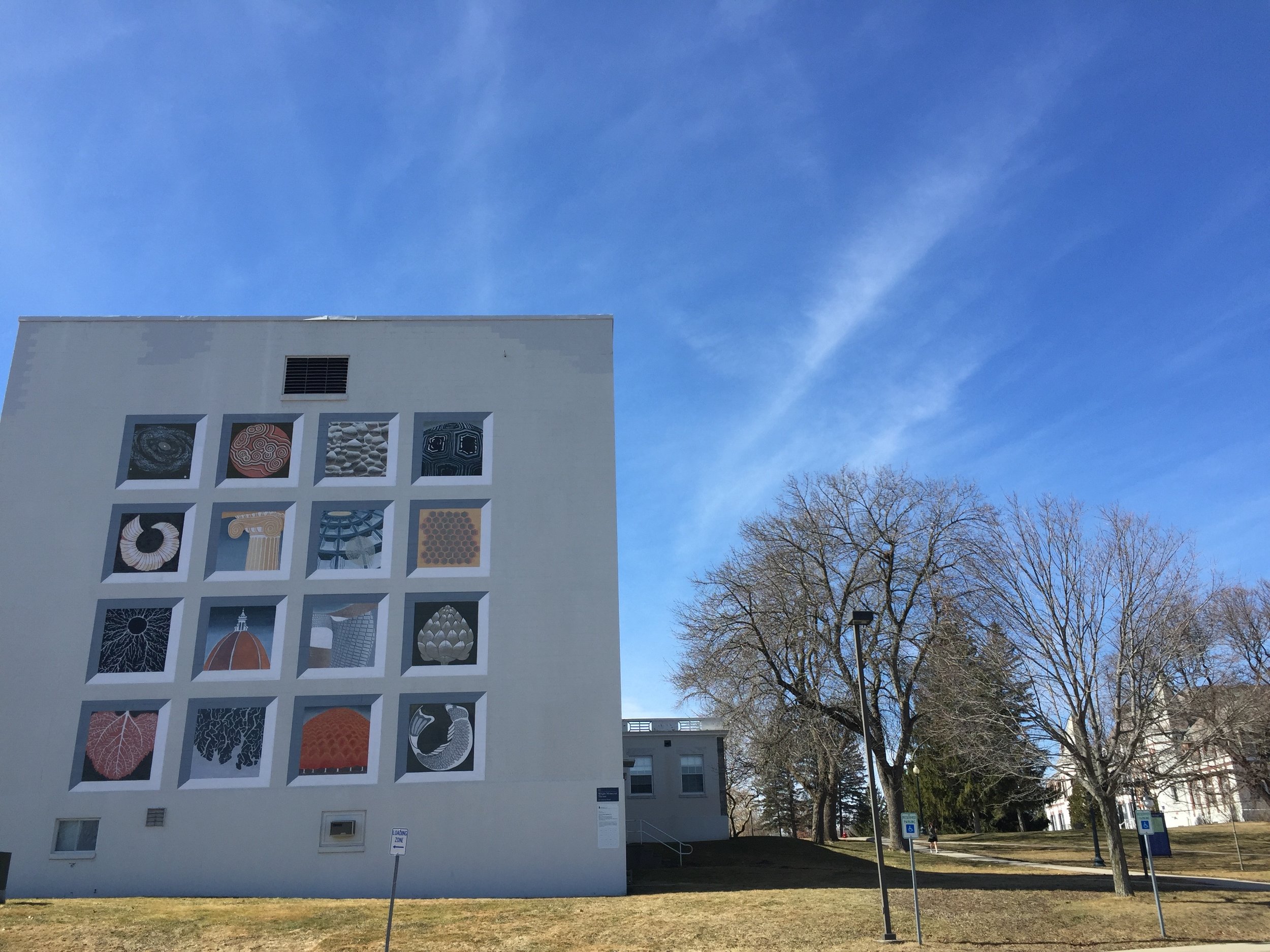 Cosmic Geometry
Cosmic Geometry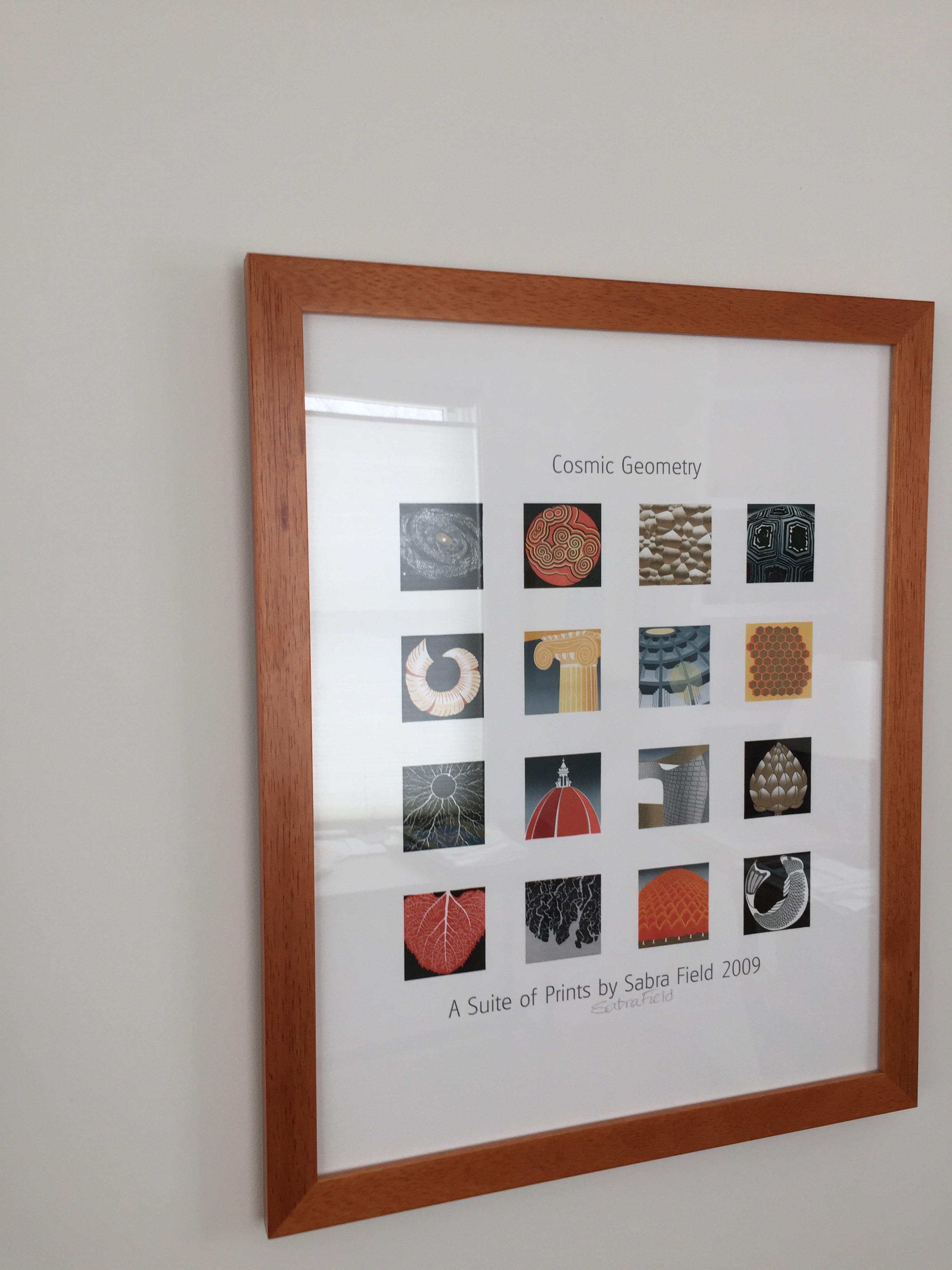

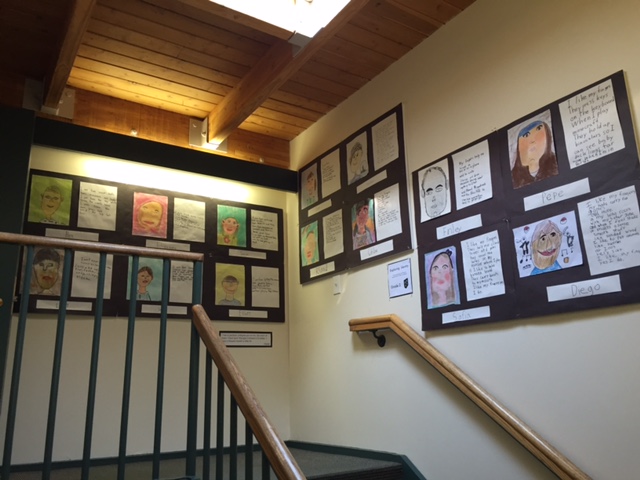 The work that the early childhood through second grade students, teachers and administrators have done during the 2015-2016 year at
The work that the early childhood through second grade students, teachers and administrators have done during the 2015-2016 year at 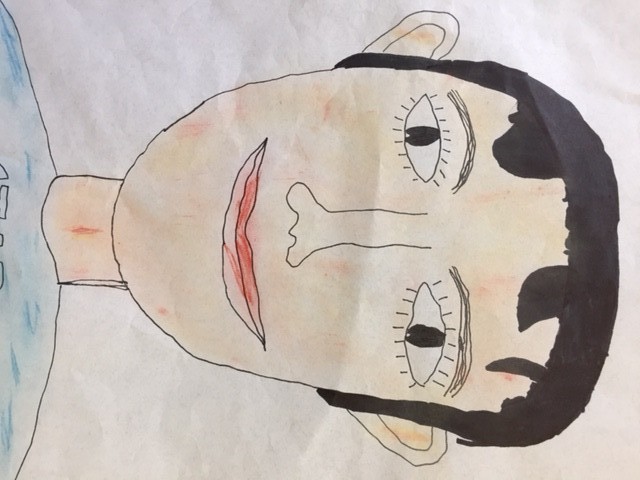
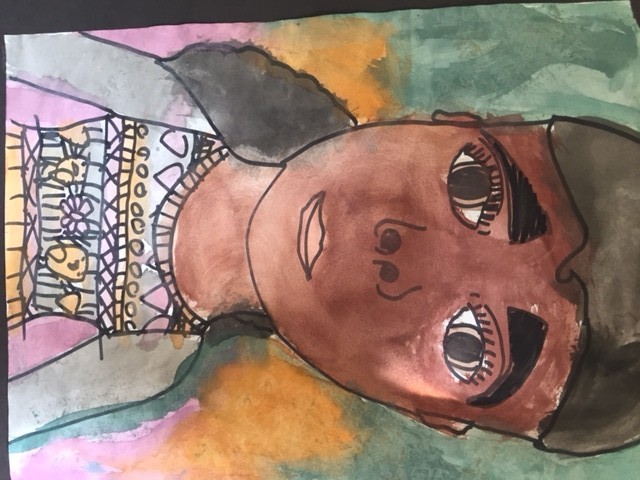
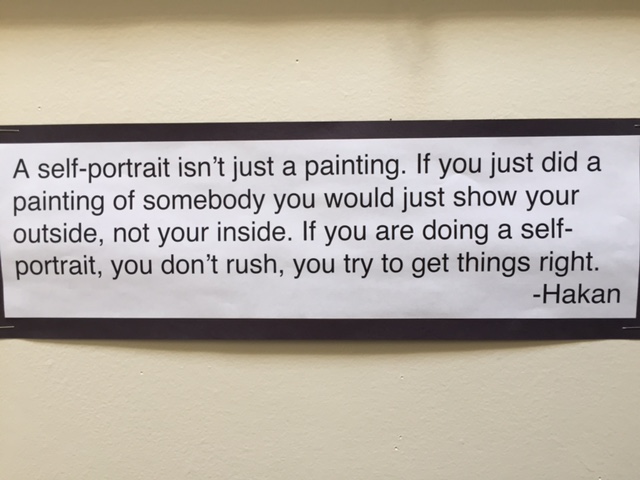

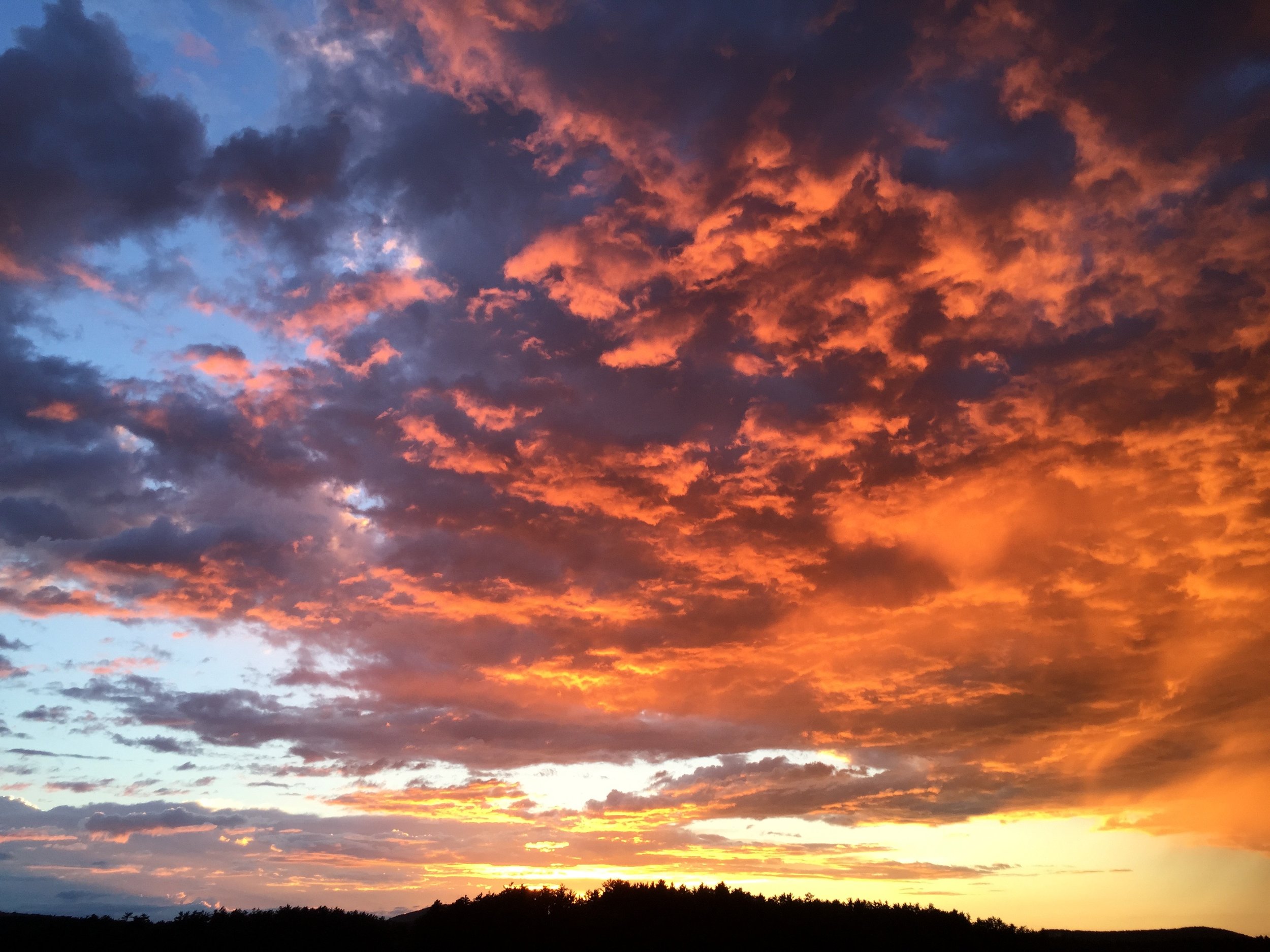 This year at
This year at 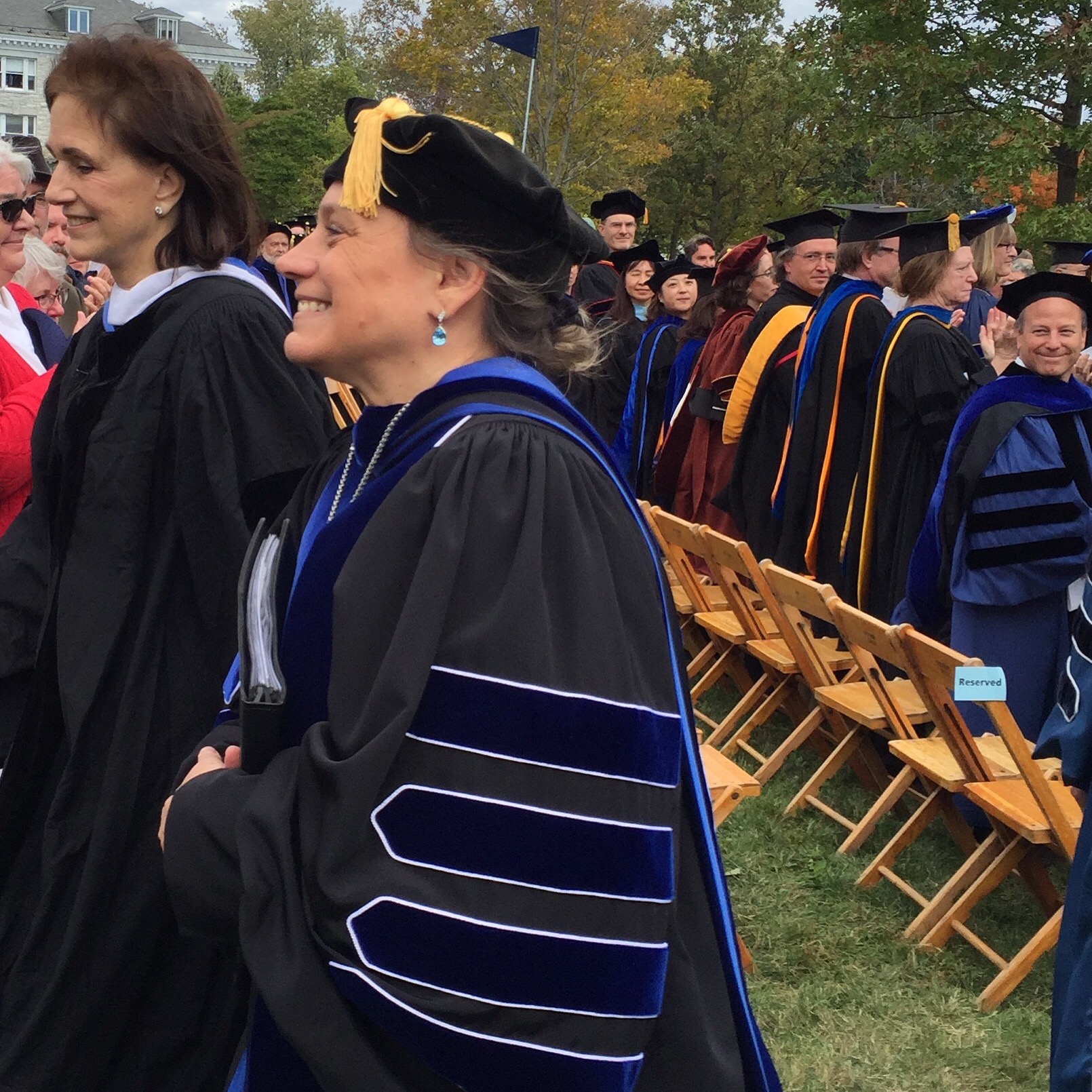
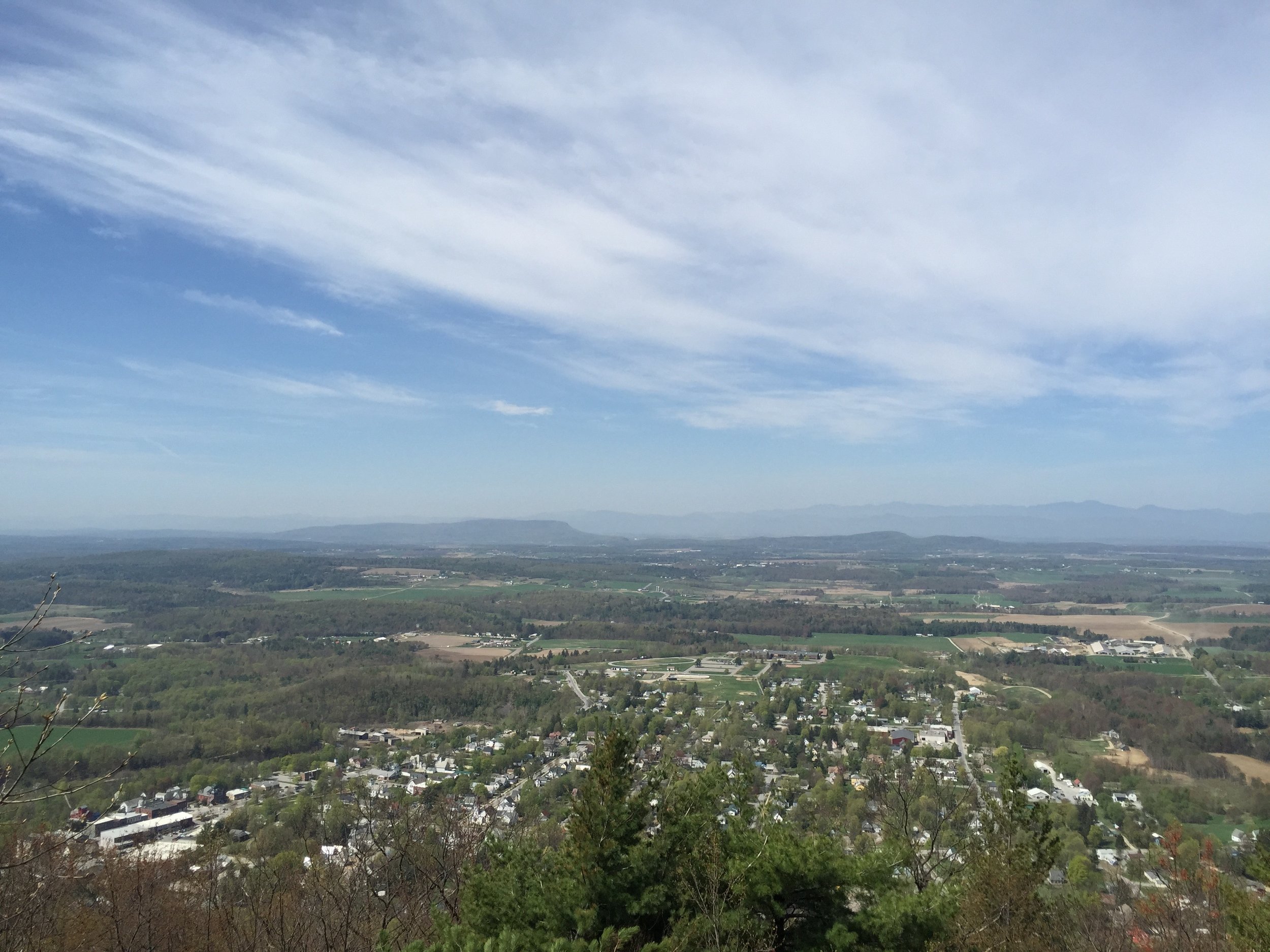 You can hear Laurie Patton in conversation with
You can hear Laurie Patton in conversation with 

